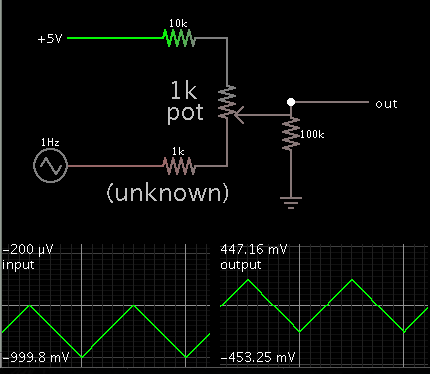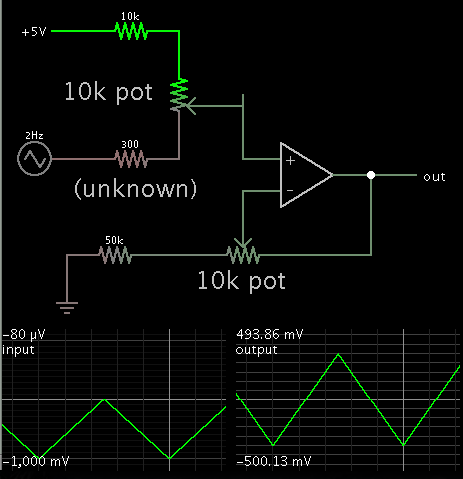vanashree
Newbie level 1

- Joined
- Nov 23, 2013
- Messages
- 1
- Helped
- 0
- Reputation
- 0
- Reaction score
- 0
- Trophy points
- 1
- Activity points
- 10
i want to convert 0 to -1 volts into 0.5 to -0.5 volts using opamp. i dont want to boost the voltage. i just want level shift it.kindly help as soon as possible




